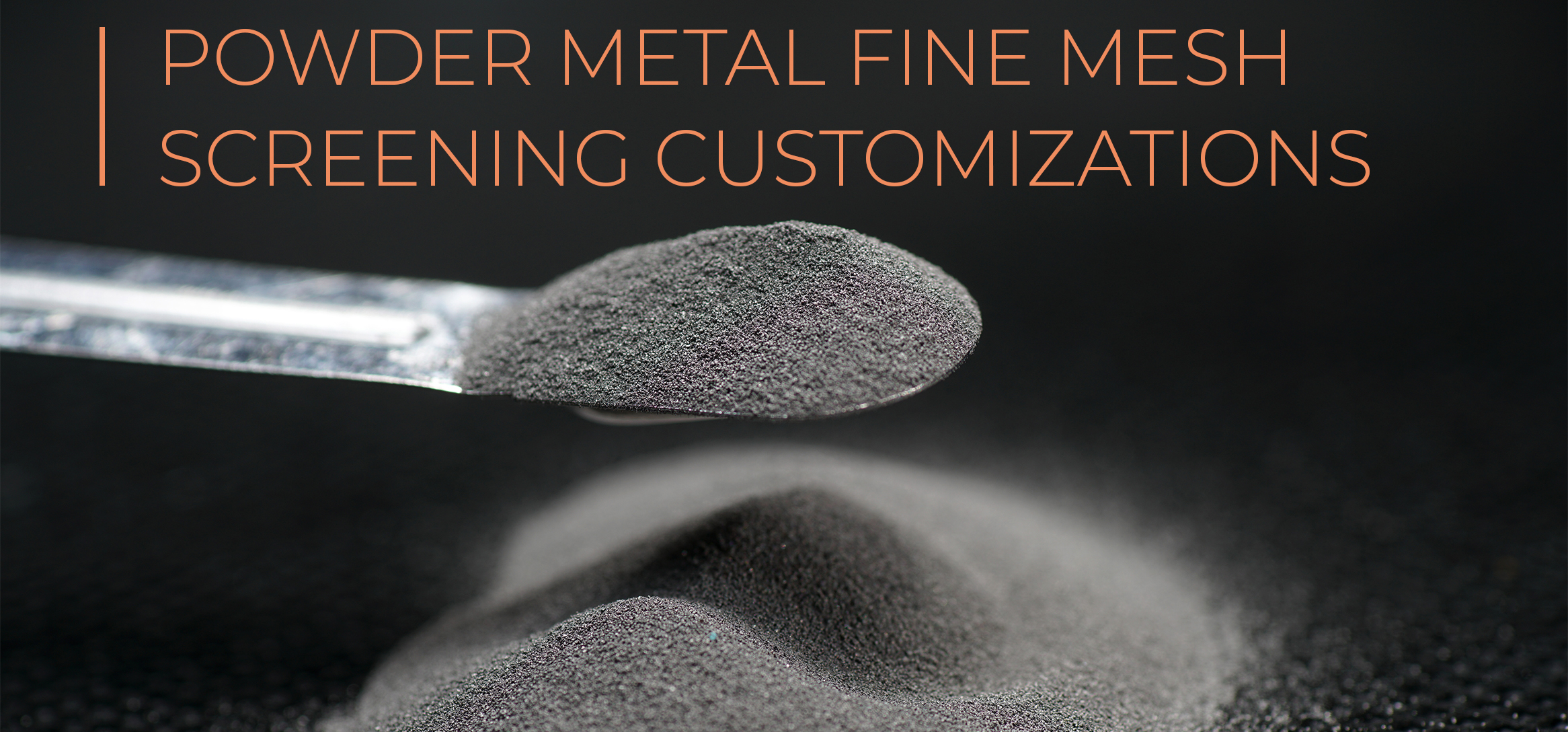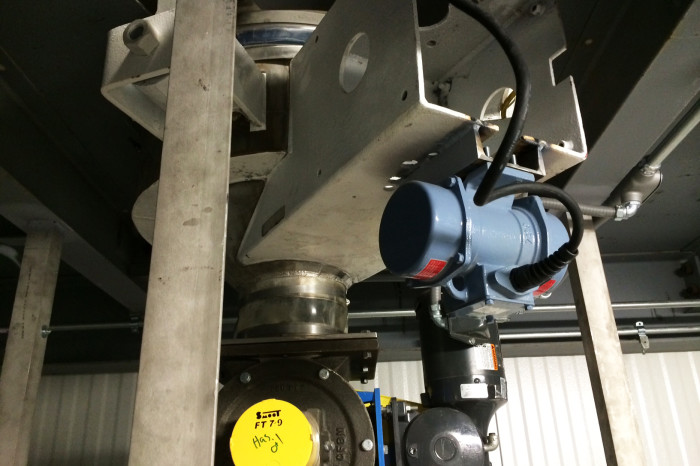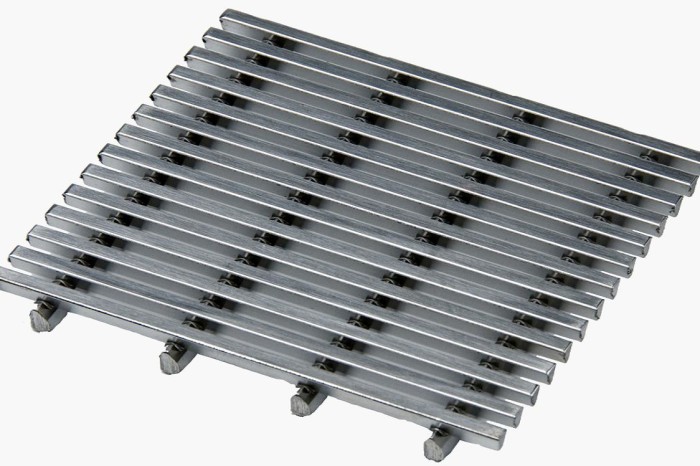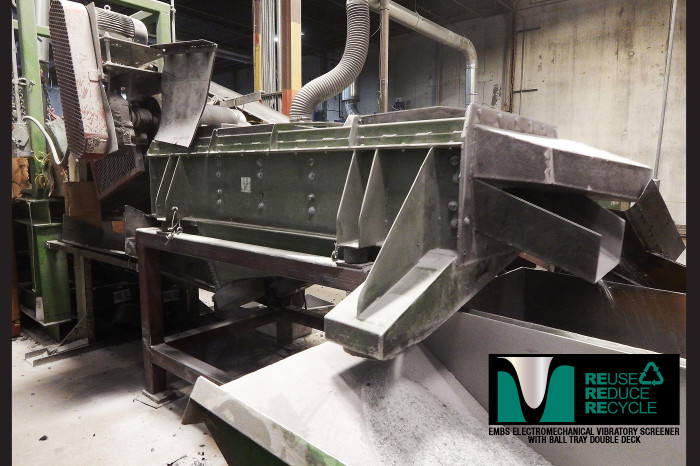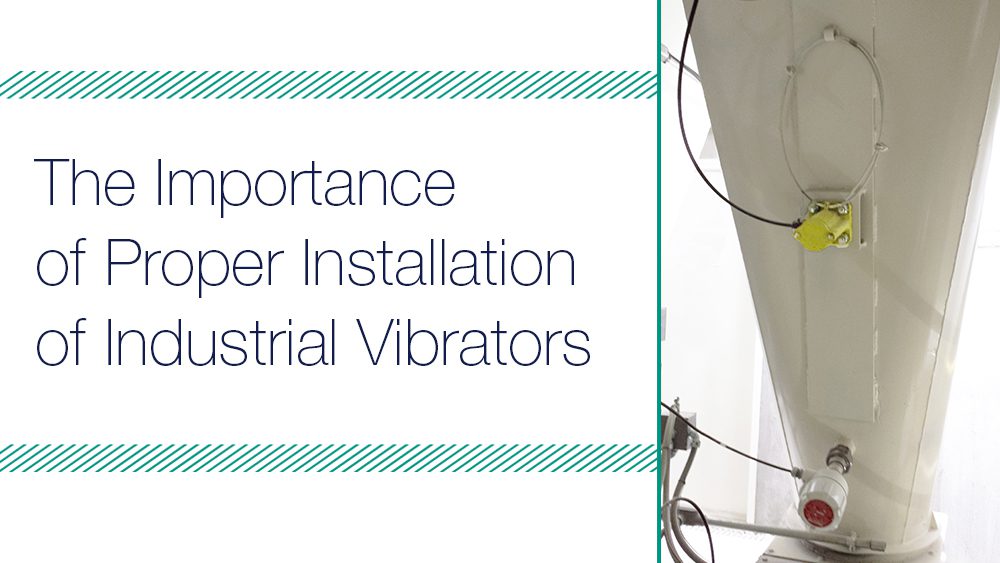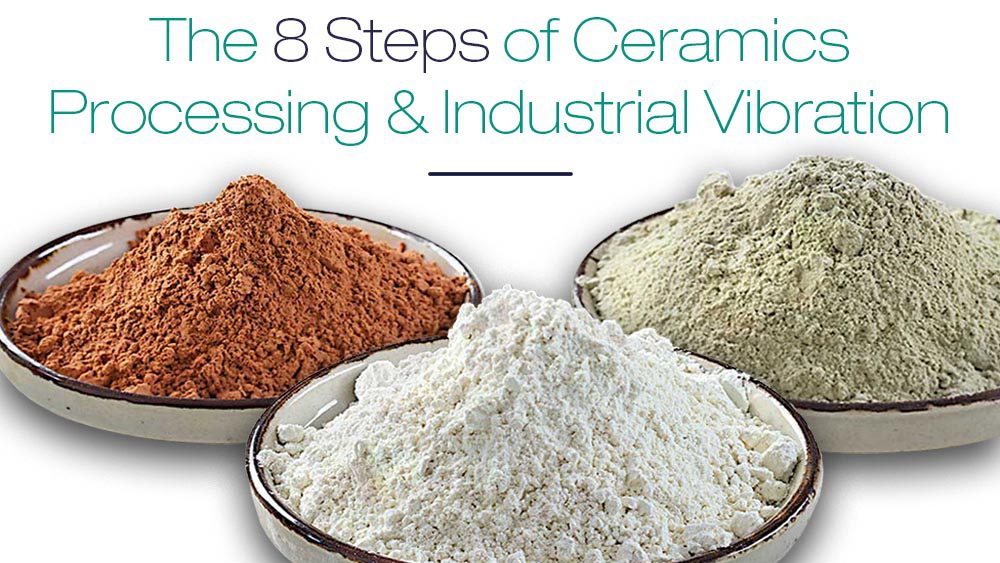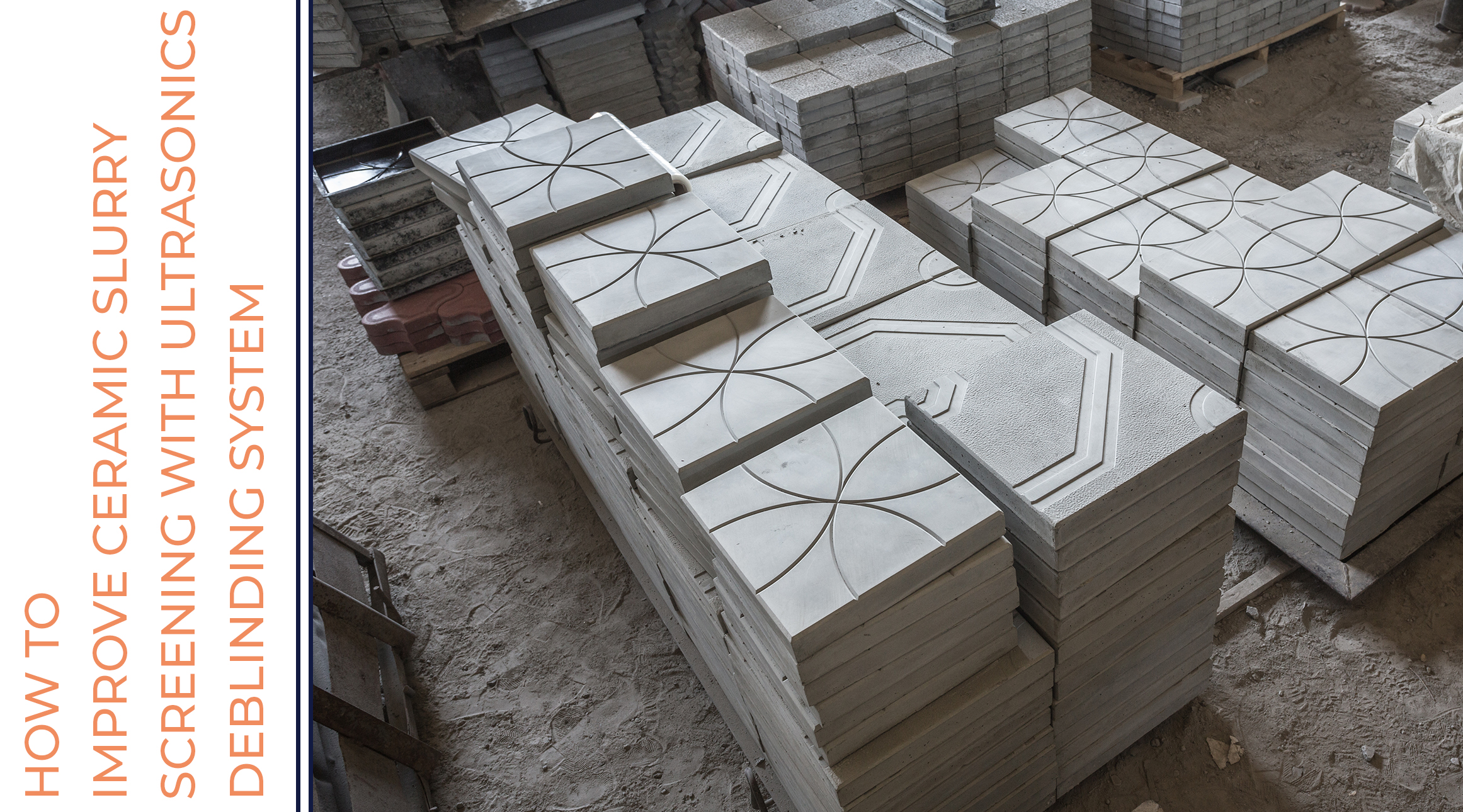Here at HK Technologies, we have been sieving powder metal for quite some time. Our Ultrasonic Sieving Systems allow for sieving very fine atomized powders – down to 20 micron on conventional wire mesh and in some cases finer –using electroformed material provided by PrecisionForm, Inc. As the 3D printing industry has exploded, so has the need for finer powders. While I am no expert in the field of 3D printing, I have been involved in several areas requiring finer and finer mesh sieving.
Many of the 3D printing manufacturers install a very simple inline vibratory screener system in the powder feed system. These simple screeners typically sieve the powder through a 74 micron or 200 mesh screen. This ensures that no large foreign objects are being fed into the powder part building process. Many times the end-user needs finer powder to create the intricate parts they are producing. This powder is typically said to be +20 -25 micron powder. We are also told this powder is classified through an air classification process. The process, while quick and relatively easy, leaves a powder that is not always what it is claimed to be. When asked to check the accuracy of the particle size, we find there is almost always a significant amount, 10% or more, of finer material than claimed. Read More…
Share this blog post:


